Zurich is a city that effortlessly blends old charm with modern flair, making it a photographer's paradise.
As someone who loves capturing the city's unique architectural landscape, I always keep an eye out for intriguing color combinations and geometric shapes. Whether it's gazing up at a building's facade or inspecting a staircase from an unusual angle, I often discover Zurich's hidden treasures this way.
Over the course of six months, I've compiled a selection of photographs showcasing the best of Zurich architecture. I'm excited to share these with Newly Swissed, hoping they'll inspire you to explore some of the city's lesser-known gems and take a second look at familiar spots. If you enjoy my work, feel free to follow me on Instagram @dominikgehl.
Zurich Old Town Photograph
One of my favorite vantage points is the tower of the Grossmünster, built in the late 18th century. From here, you can see the River Limmat flowing through the city center, with the St. Peter church standing tall. In the distance, the 126-meter Prime Tower rises above the rooftops. This iconic view encapsulates the harmony between Zurich's historic and modern architecture.
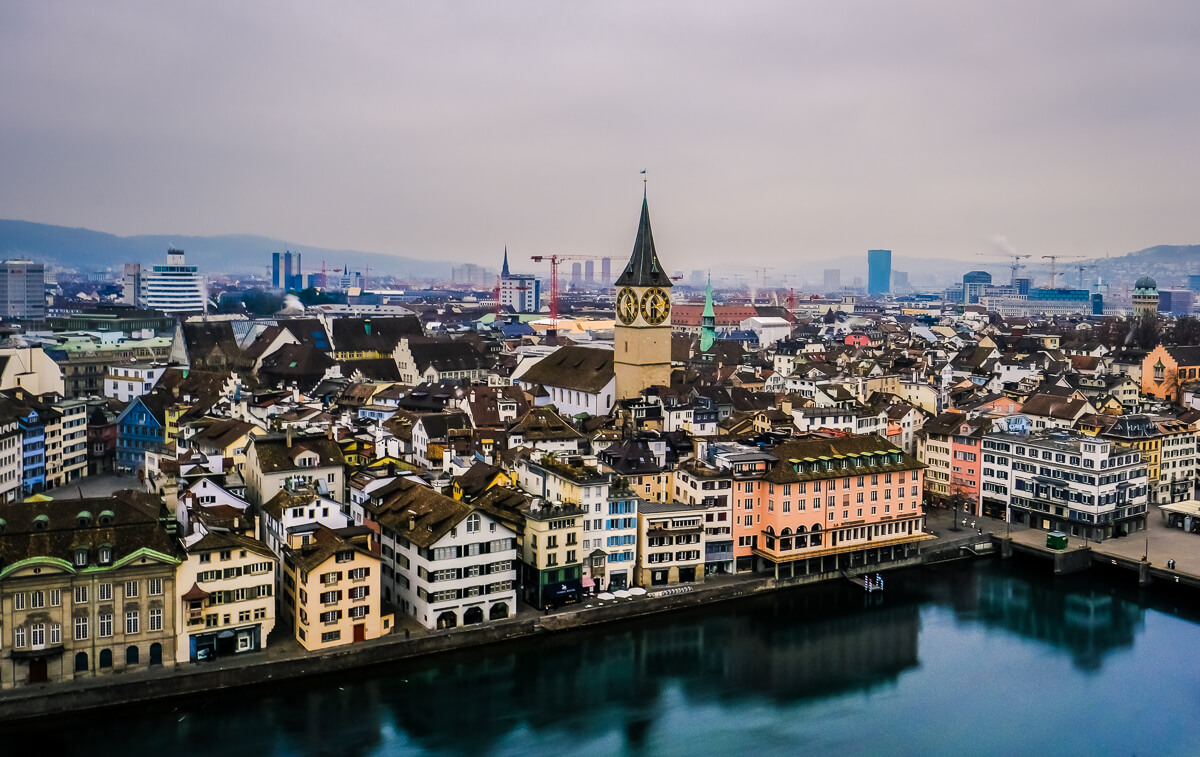
Kappelergasse Staircase in Zürich
I'm particularly fond of the spiral staircase in Kappelergasse, located in a building from the late 19th century. Its intricate design is a testament to the craftsmanship of that era. Such architectural details are what make Zurich's Old Town so captivating.
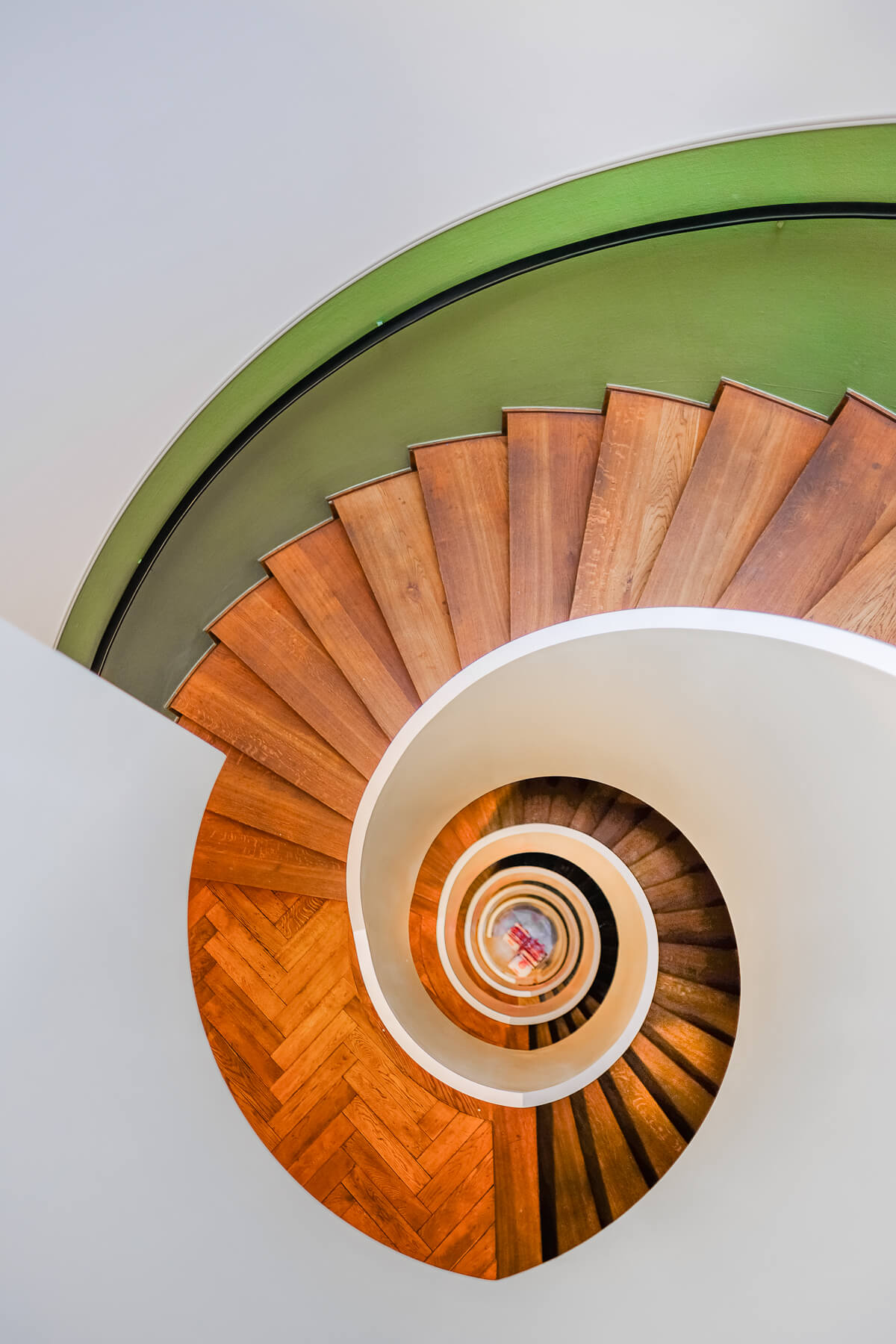
Industriehof Zürich
The Industriehof, built in 1929 in the New Objectivity style, is another architectural highlight. Notably, it was the first building in Zurich to feature underground parking, reflecting the city's forward-thinking approach to urban design.
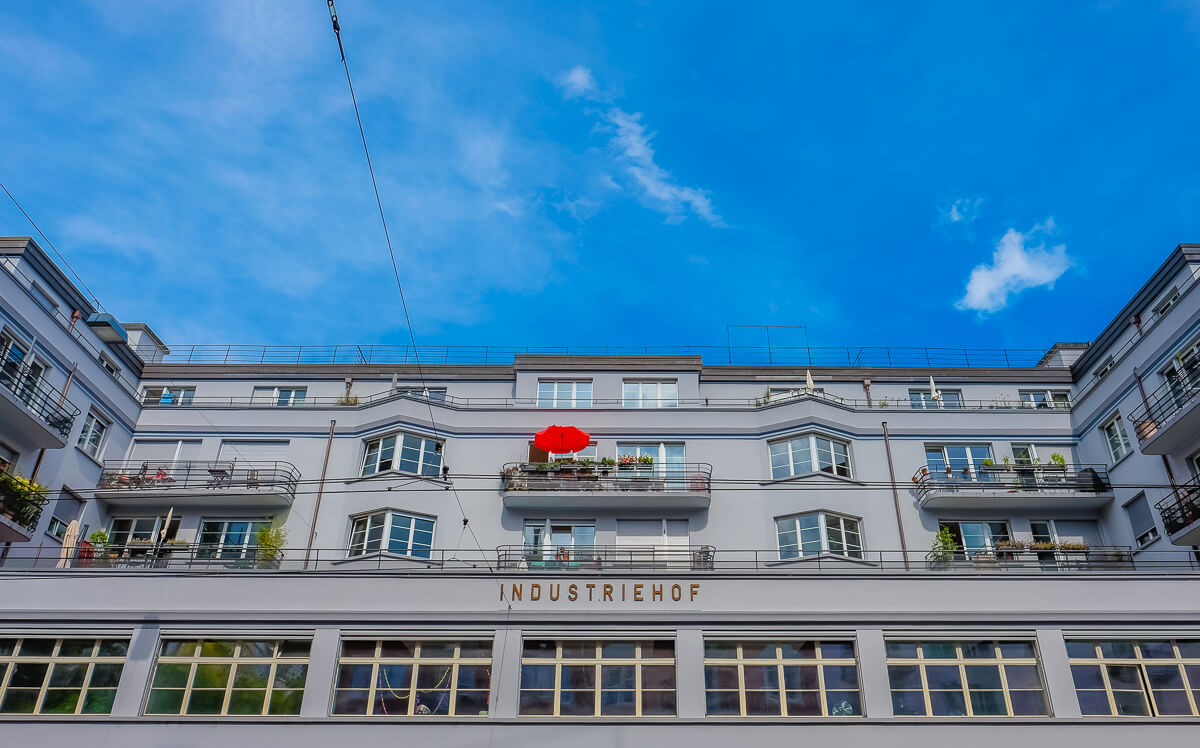
Colorful Facades in Downtown Zurich
Downtown Zurich is also known for its vibrant facades, adding a pop of color to the cityscape. These colorful buildings are not just visually appealing but also contribute to the city's lively atmosphere.
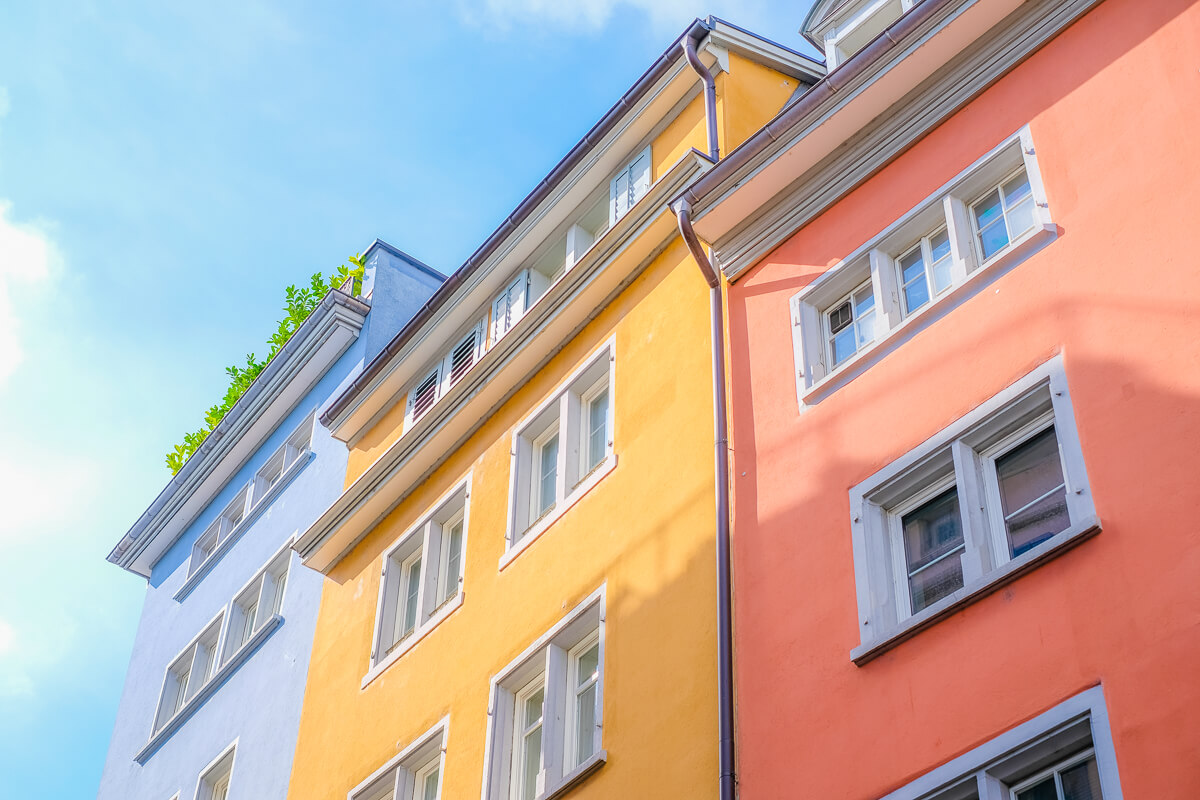
Zürich Hardbrücke Railway Station
The Zürich Hardbrücke railway station opened in 1982. It is currently served by nine lines of the Zurich S-Bahn system and is considered a main transit station. Its industrial aesthetic and practical design showcase how even utilitarian structures in Zurich are created with an eye for architectural detail.
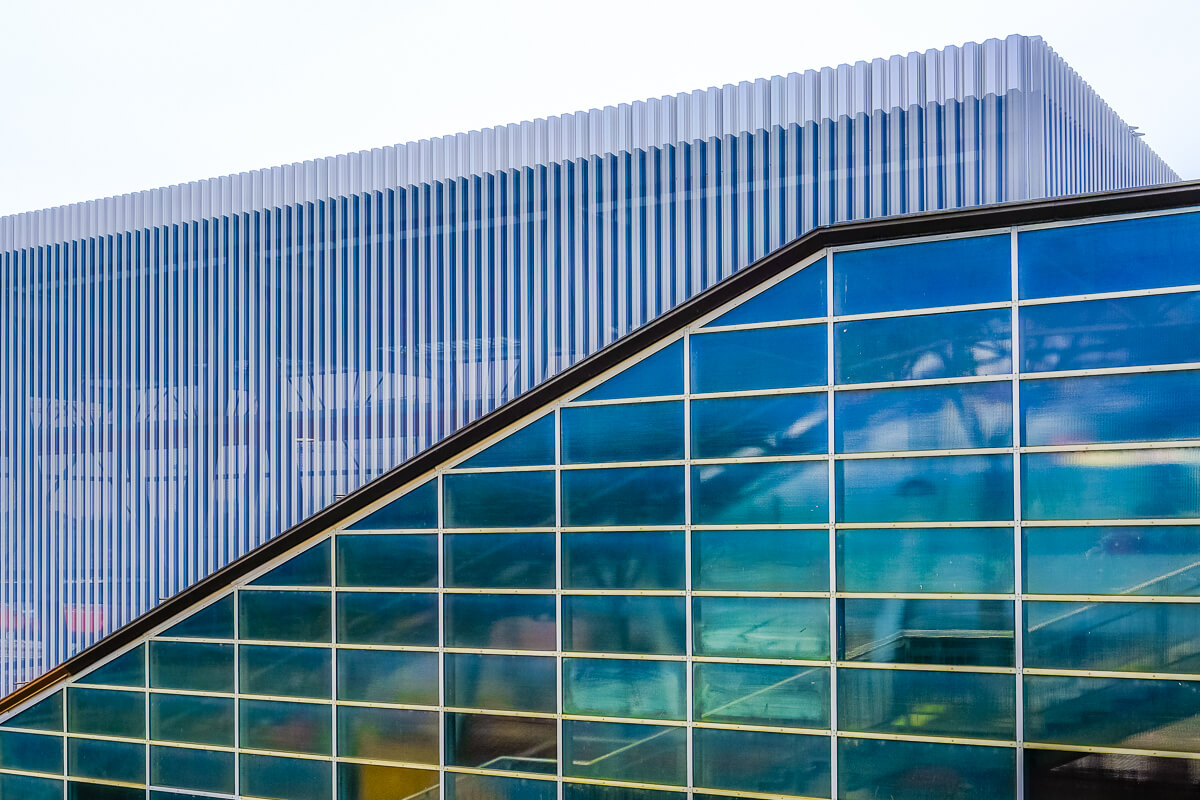
Bibliothek der Rechtswissenschaftlichen Fakultät der Universität Zürich
The Bibliothek der Rechtswissenschaftlichen Fakultät der Universität Zurich is simply amazing. The initial building was built 1909 and the modernization by Santiago Calatrava, finished in 2004, left the exterior almost untouched.
On the inside, a giant wooden oval was constructed, leaving open the 30 meter tall atrium. For architecture enthusiasts, this is a perfect example of how Zurich respectfully blends historical preservation with bold contemporary design.
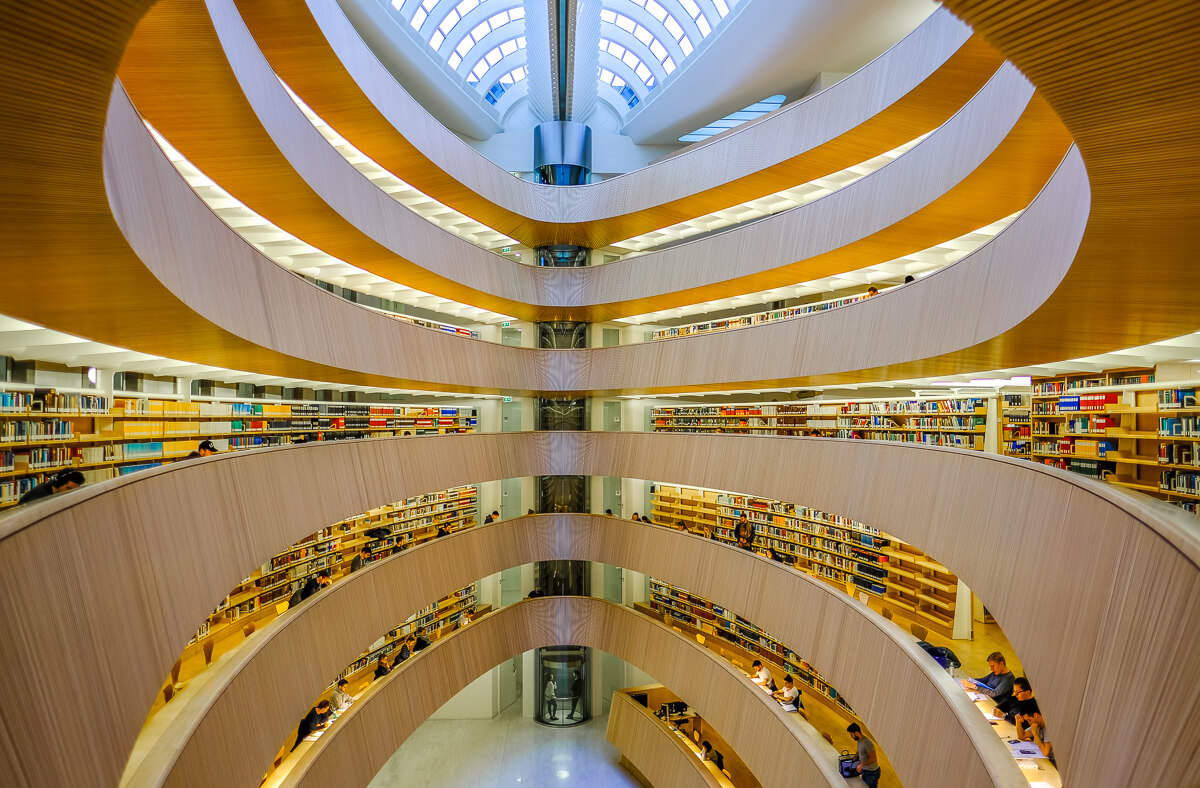
Prime Tower Zürich
Here's another view of the Prime Tower, finished in 2011. It actually was the highest building in Switzerland from 2011 until 2015 before the Roche tower in Basel was finished. Its gleaming blue-green glass exterior reflects the changing skies of Zurich, creating a dynamic presence in the city's skyline.
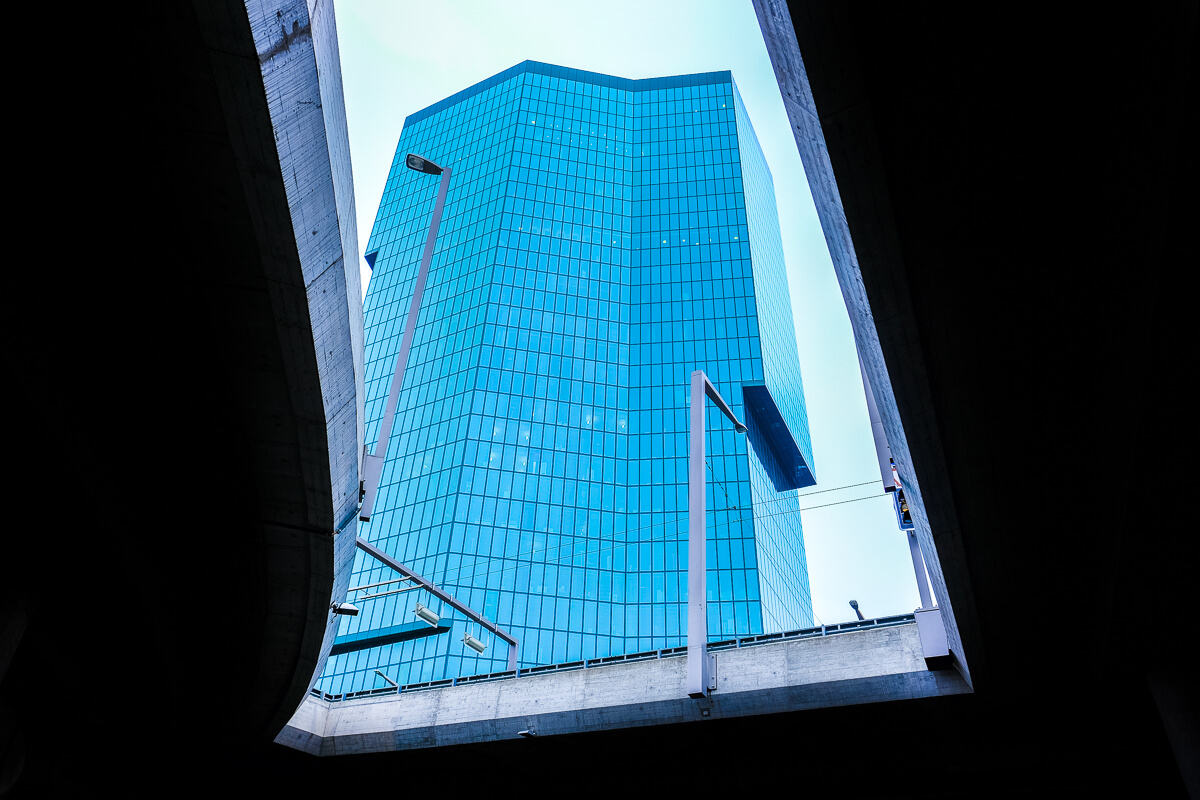
Löwenbräuareal Zürich
The Löwenbräuareal, a former brewery with its historic building from 1897, was revitalized between 2009 and 2015. Two new high rises were built: the "Red" building (office space) and the "Black" building (apartments).
Today, the Löwenbräuareal is loved by art enthusiasts due to its museums, galleries and art publishers. This adaptive reuse project exemplifies Zurich's thoughtful approach to urban renewal.

For those wanting to explore more architectural wonders, consider the Swiss Architecture Museum in Basel. It's an excellent resources for understanding the context behind many of these structures.
Have you ever wondered how Zurich maintains its perfect balance between preserving historical buildings and embracing cutting-edge design? The answer lies in the city's thoughtful urban planning and deep respect for architectural heritage that makes Zurich a living museum of architectural evolution.
(All photographs copyright Dominik Gehl.)

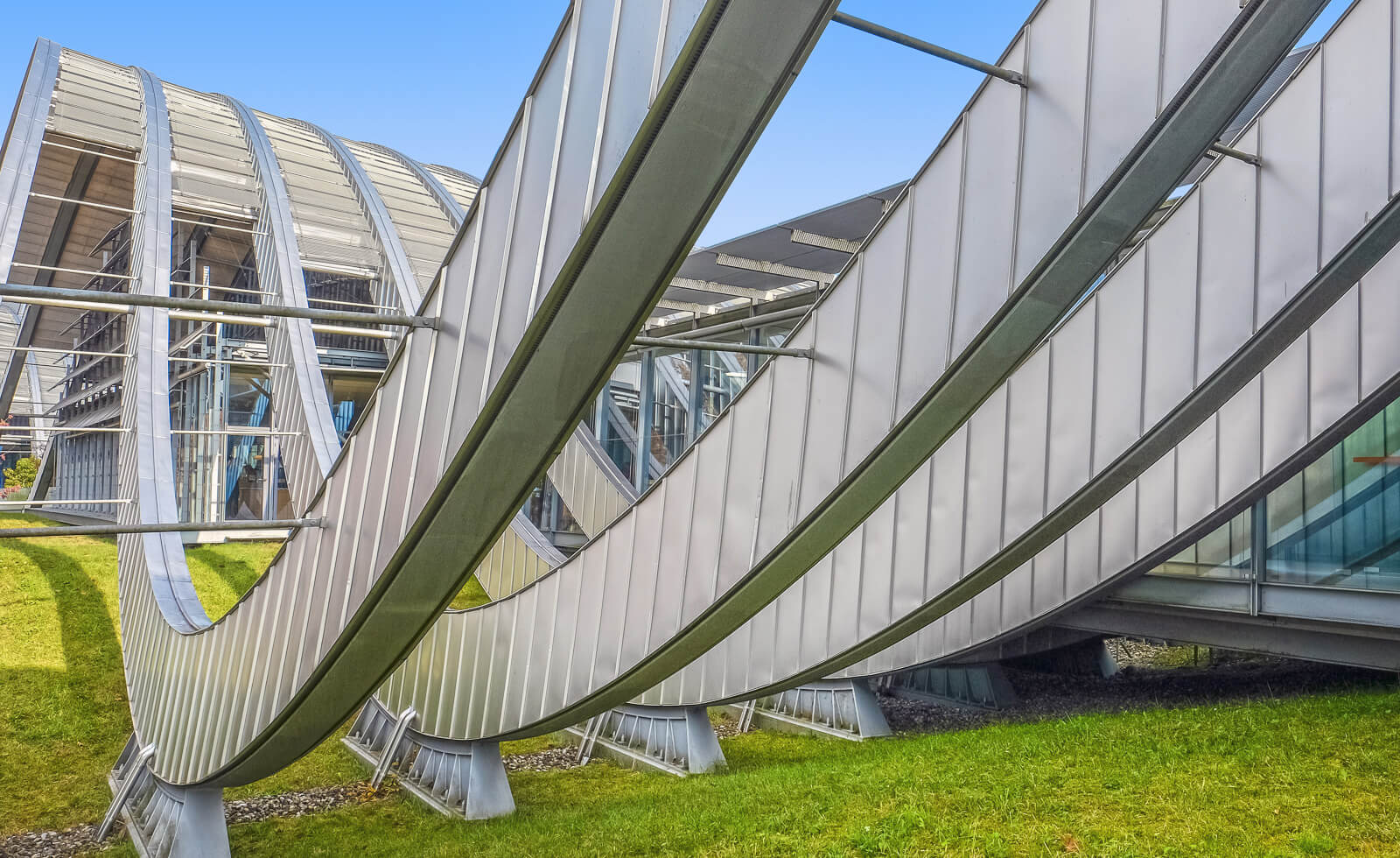
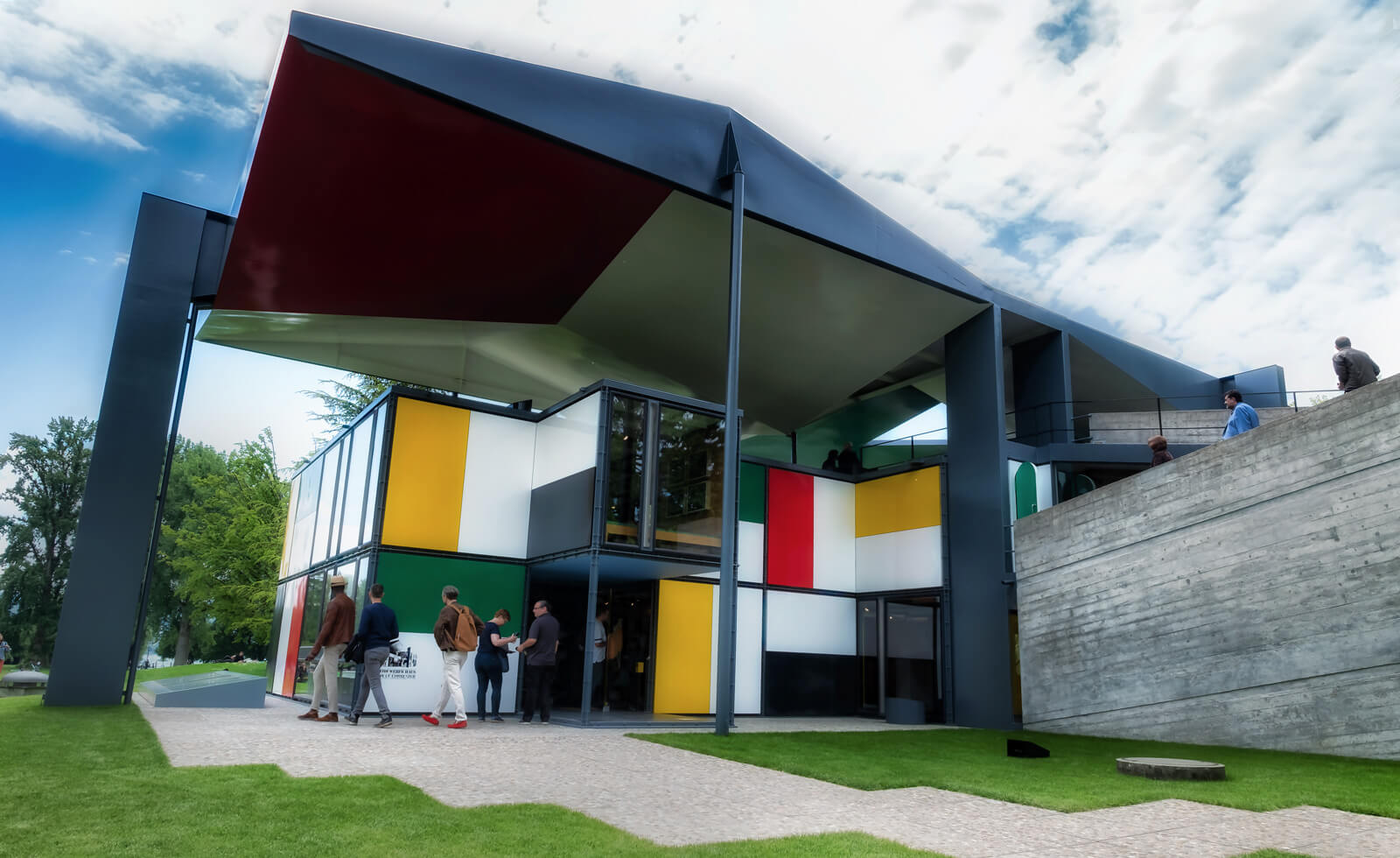
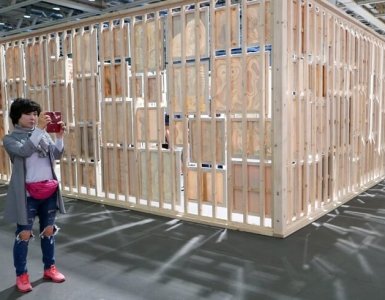

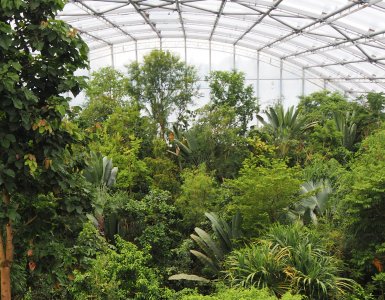

Add comment